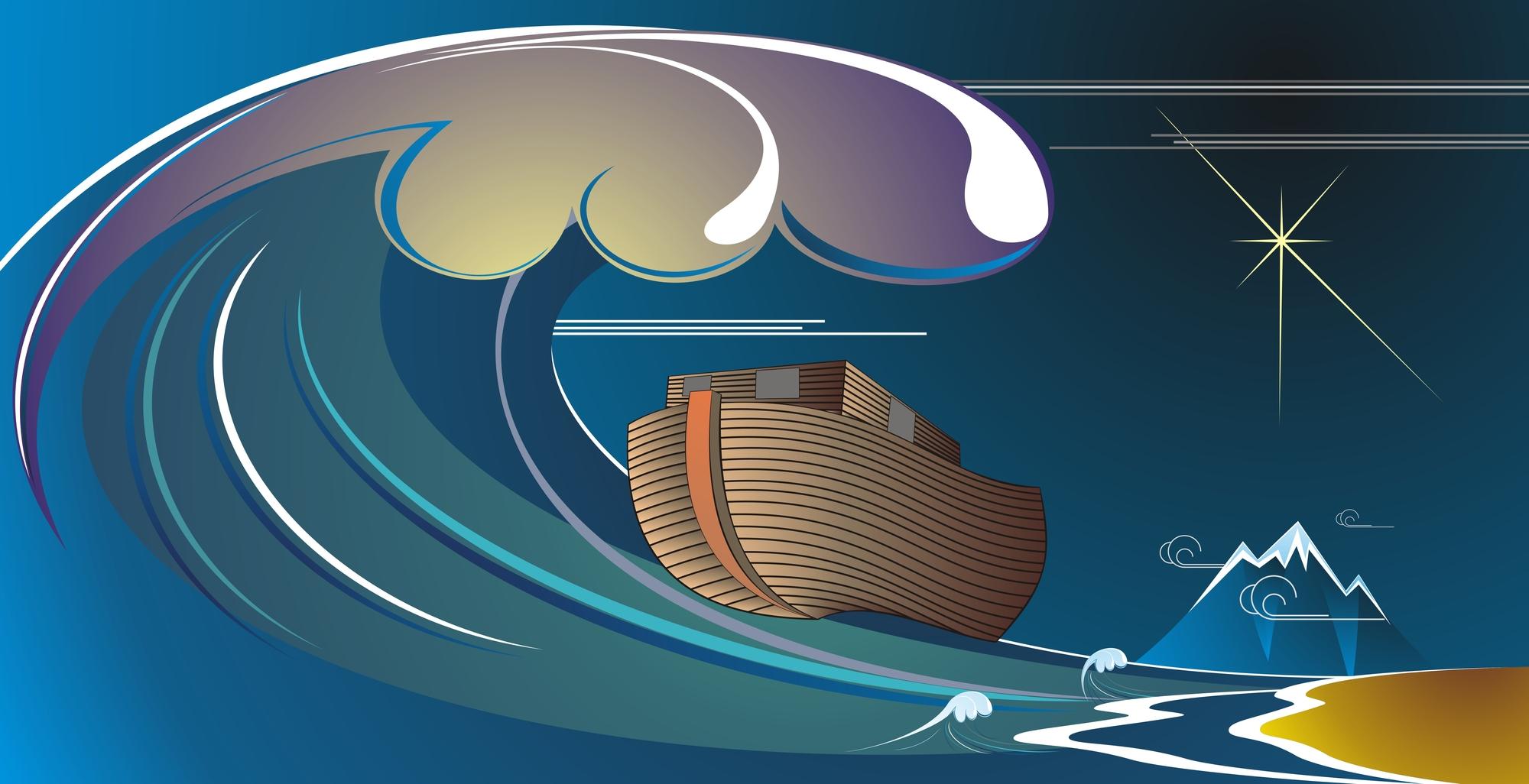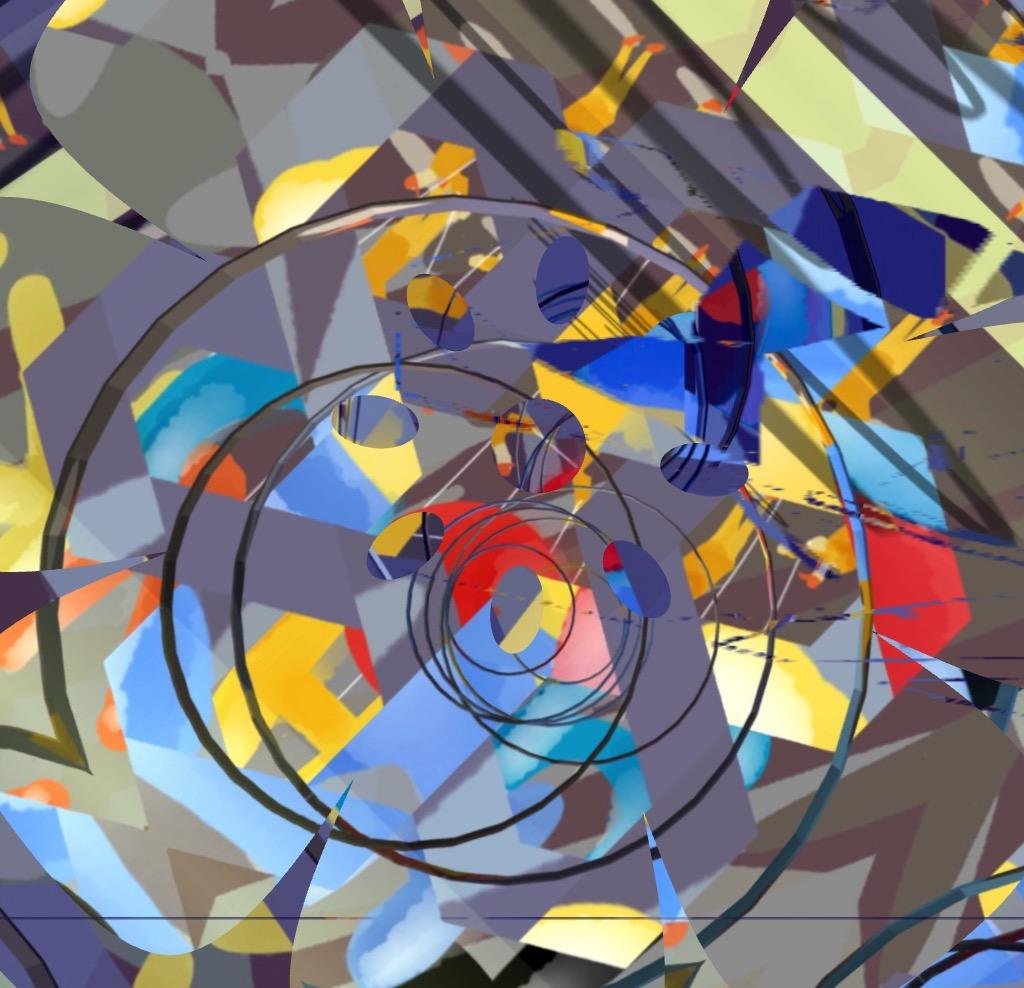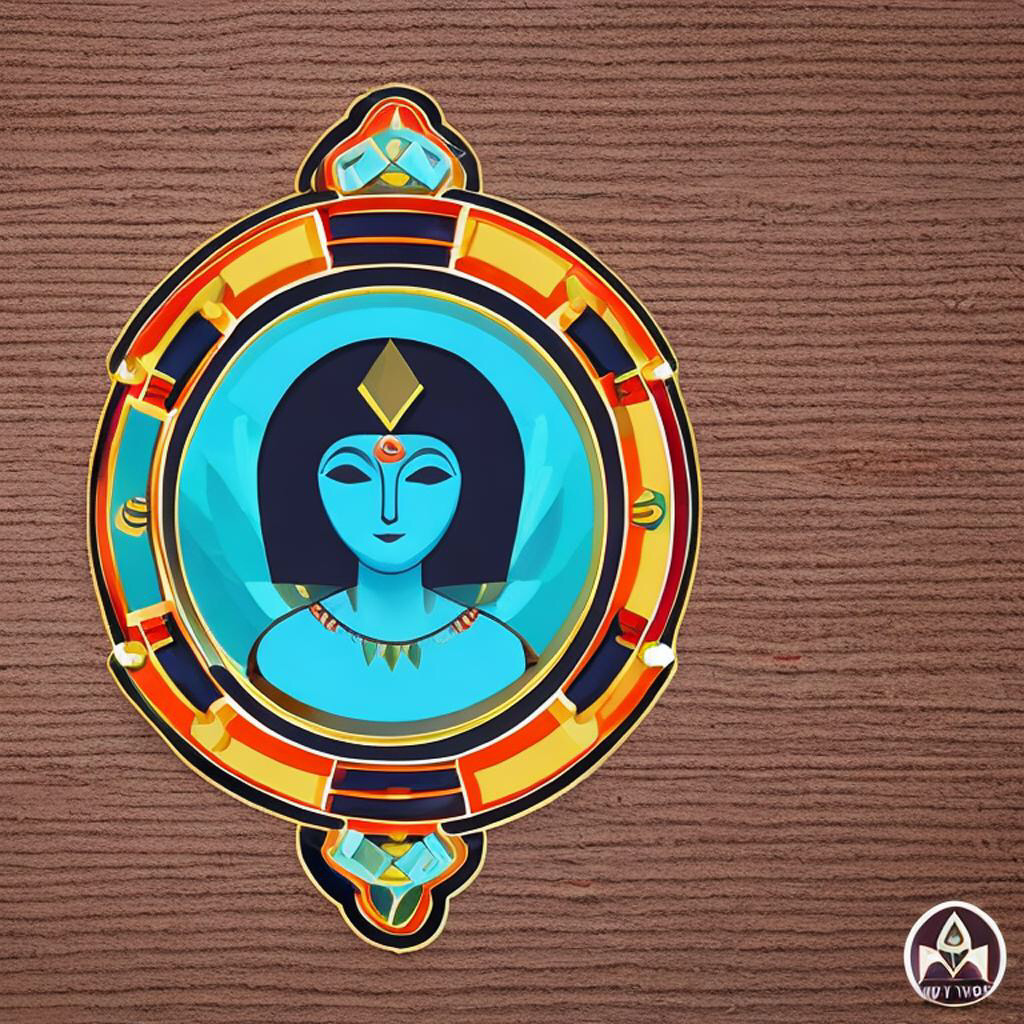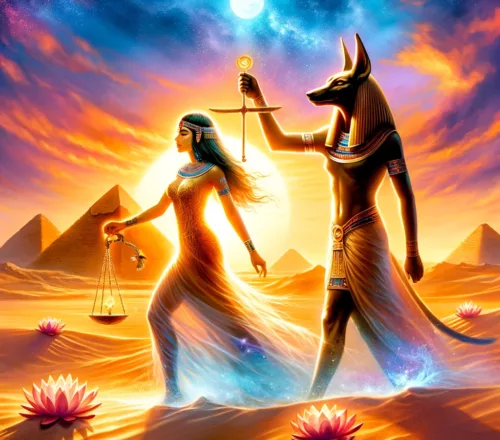
Table of Contents
Creation and deluge
Creation and deluge
Sumer
The biblical Shine’ar
appeared 6000 years agoú
as the first known civilization after the Deluge.
It was there, in 3800 B.C., that writing began,
on clay tablets in the cuneiform script
with tales of Gods and humans.
Land of the first scribes,
brickmakers , musicians, dancers,
artisans, craftsmen, merchants, caravaneers
astronomers, mathematicians,
priests, judges and kings.
A high civilisation and culture
Land of the first chariots and wheels
high-rise temples and palaces
medicine and pharmacies
weights and measures
law codes and observatories.
The tablets found in the royal library of Nineveh
known as The Chaldean Genesis
revealed the same biblical stories of Creation and Deluge.
They were written down in Mesopotamia
millennia of years earlier …!
-^-
Some research
“Myths of Babylonia and Assyria” by D. MacKenzie (1915). A free reading.
Famous quotes
“Astrology begins in ancient Sumer (present-day Iraq). “
(Garraty & Gay, eds.,The Columbia History of the World, Page 57).“This civilization dates back further than Egypt or China or India. Sumerian writings exist on clay tablets dating back to 3500 B.C. or earlier.”
(C. Leonard Wolley, The Sumerians, New York: W.W. Norton, 1965, Page 184)
The chaldean account of genesis
Chapter 5: creation and deluge
Final note
Creation and Deluge are subject to discussions.
Without entering the debate, we just refer to the writings, all over the globe, relating Creation and Deluge .
It was a time without paper and pencils.
People did not invent stories.
They wrote down the essence to be passed on…
Creation and deluge in Sumerian scripture
Sumerian scripture, notably represented in texts like the Epic of Gilgamesh and various creation myths, provides insight into how the ancient Sumerians understood the creation of the world and the subsequent deluge.
Creation Myths
The Sumerians had several creation myths, one of the most significant being the Enuma Elish, though this text is more prominently associated with Babylonian mythology. Sumerian creation often revolves around gods such as Anu (the sky god) and Enlil (the air god). In these myths, the universe is formed from primordial chaos, with various gods playing roles in shaping the earth, the heavens, and humanity.
The creation of humanity is often depicted as an act of the gods to relieve them of labor. In one famous version, the god Enki (or Ea) and the goddess Ninhursag create humans from clay mixed with the blood of a slain god, granting them life and a purpose to serve the deities.
The Deluge
The Sumerian version of the deluge is most famously represented in the Epic of Gilgamesh, particularly in the story of Utnapishtim, who survives a great flood sent by the gods to wipe out humanity. This story parallels the later biblical account of Noah and the Ark.
In the tale, the gods decide to exterminate humankind due to their noise and wickedness. The god Enki, who is sympathetic to humanity, warns Utnapishtim, instructing him to build a massive boat to save his family and a selection of animals. After the flood, Utnapishtim releases a dove to find dry land, and once the waters recede, he offers a sacrifice to the gods, who then promise never to destroy humanity again in such a manner.
Themes
These narratives reflect key Sumerian themes, such as the relationship between humans and the divine, the consequences of human behavior, and the cyclical nature of creation and destruction. The deluge serves as a powerful symbol of divine judgment and mercy, illustrating the fragility of human existence and the capricious nature of the gods.
These texts are not just mythological; they also have cultural, religious, and moral implications, shaping Sumerian society’s worldview and their understanding of humanity’s place within the cosmos.
Creation and deluge in other narratives
Creation and deluge stories are prevalent across many ancient cultures and narratives, each reflecting the values, beliefs, and questions of the societies from which they originate. Here are some notable examples from various traditions:
Creation Stories
Biblical Genesis (Hebrew Bible)
- The Book of Genesis presents a creation narrative in which God creates the world in six days, culminating in the creation of humans (Adam and Eve). The narrative emphasizes God’s omnipotence and the orderliness of creation, culminating in a day of rest.
Egyptian Mythology
- In the Heliopolitan creation myth, the universe begins with the primordial waters (Nun). From these waters, the sun god Ra emerges, creating the world and everything in it. Different cities had varying creation myths, often featuring gods like Atum or Ptah in similar roles.
Hindu Cosmology
- In Hinduism, the creation stories vary, but one prominent narrative involves Brahma, the creator god, emerging from the cosmic ocean. The Rigveda describes the creation of the universe from a cosmic sacrifice of the primordial being Purusha, whose body parts become various aspects of the world.
Chinese Mythology
- In one version of Chinese creation mythology, the universe begins in chaos until Pangu, a giant, emerges and separates the sky from the earth. After his death, his body becomes various elements of the world.
Deluge Stories
The Epic of Gilgamesh (Sumerian/Babylonian)
- As mentioned before, Utnapishtim survives a great flood sent by the gods to destroy humanity as a punishment for their noise and wickedness. This story parallels the biblical flood narrative.
Noah’s Flood (Biblical Genesis)
- The story of Noah in Genesis describes how God decides to flood the earth due to mankind’s wickedness but spares Noah, his family, and pairs of each animal species by instructing Noah to build an ark.
The Rigveda (Hindu)
- Some hymns in the Rigveda contain references to a great flood. The story of Manu, who is warned of an impending flood by a fish (an incarnation of Vishnu), echoes themes found in other deluge myths.
The Popol Vuh (Maya)
- In this foundational text of the K’iche’ Maya, the gods attempt to create humanity multiple times. After unsuccessful attempts, they decide to flood the earth to destroy the flawed beings they created before ultimately succeeding with a new creation.
Zoroastrianism
- In Zoroastrian tradition, there is a story of a great flood that destroys humanity, but the righteous man Yima is warned by the god Ahura Mazda and builds a fortress (not a ship) to save himself and a selection of living beings.
Themes Across Cultures
Across these various narratives, several common themes emerge:
- Divine Judgment: Many deluge stories reflect the notion of divine retribution in response to humanity’s failings.
- Survival and Renewal: The survivors of floods often embody themes of resilience and serve as a new beginning for humanity.
- The Nature of Creation: Creation stories often emphasize the role of a divine or higher power in shaping the universe, reflecting the cultures’ values and cosmological understanding.
These narratives serve not only as myths explaining the origins of the world and humanity but also as reflections of the societies’ moral, ethical, and spiritual beliefs.
Thank you for likes, shares and comments
Take time to learn
Invest in your future
Embark on a journey into the realm of affiliate marketing and craft your own website within a vibrant, supportive community. Join me in this adventure, where you can begin as a free starter and stay as long as you desire. Enjoy complimentary hosting and foundational teachings to set you on your path. For those with advanced skills, opportunities to elevate your expertise await. Take a moment to explore and witness the magic for yourself!





I found the topic very interesting as I always been fascinated by the origin of places and things. What are of study would one pursue to find out more about this early civilization? I always thought the first documented writing was Grecian not Egyptian. Good to know. I strongly believe that one should know the origin of things they utilized in their everyday lives, such as words, writing, etc. Thank your for sharing.
Glad it ignited your own quest Karen… thank you for sharing!Ion
I sometimes find it amazing how long human civilization has been around. The Sumer clay tablets have been around over 5,000 years ago! Makes you wonder if there were other civilizations around at the time or even before that we have lost records of. Maybe there was different civilizations that were there even before then, and the deluge wiped them out, what do you think? I have always wondered what created to deluge, and if it was just centered on that one part of the world or if it had something to do with an ice age melting which would have affected much more of the known world at the time. Thank you for sharing, this is very interesting!
Hi TravisThank you for sharingScience and archeology are narrowing the time frames… many mysteries unsolved and many open questions indeed. Seems like we never learn from the past. Do we?Ion
Thank you so much for sharing such a beautiful article among us. Your article was interesting and informative. I have got a lot of information about Creation and deluge. It was the first civilization after the deluge. It was a high civilization and culture. I want to learn how to create a website from you I need a domain hosting. I want to learn affiliate marketing from you and I want to hire you as my coach. Can you help me? I love the valuable information you give me. I have bookmarked your website so that I can come back to your website later. Thank you again for sharing with us and I wish you good health.
most honored Just a signpost, giving some direction… the quest is yoursI Took me decades of wandering in the desert, silence and study… let it grow on you… and if you can make sure to follow the study of Affiliate Marketing. you can join as starter for free, for as long as needed and master the basics. Good luck!Thank you for your kind wishes.